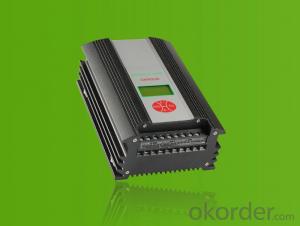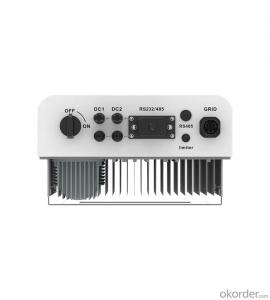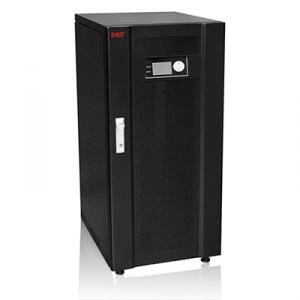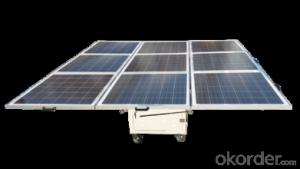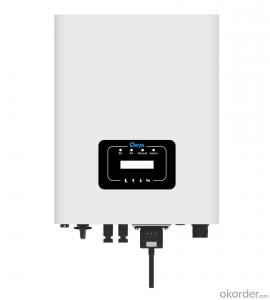Mppt Solar Power Inverter
Mppt Solar Power Inverter Related Searches
Mppt Solar Inverter Mppt Inverter Solar Mppt Solar Pump Inverter Mppt Solar Hybrid Inverter Microtek Mppt Solar Inverter Mppt Based Solar Inverter Mppt Hybrid Solar Inverter Mppt Inverter For Solar System China Mppt Solar Inverter Mppt Solar Inverter Charger 12v Mppt Solar Inverter Mpp Solar Power Inverter Best Mppt Solar Inverter Mppt Solar Inverter Price Dual Mppt Solar Inverter Mppt Solar Inverter 24v 24v Mppt Solar Inverter Mppt Solar Inverter 48v 1kw Mppt Solar Inverter Mpp Solar Inverter 24 Volt Mppt Solar Inverter 2kw Mppt Solar Inverter Apollo Mppt Solar Inverter Mppt Solar Inverter 12 Volt 3 Mppt Solar Inverter 2kva Mppt Solar Inverter 5kw Mppt Solar Inverter Mpp Solar Hybrid Inverter Mpp Solar Charger Inverter Mppt Solar Inverter 5kwMppt Solar Power Inverter Supplier & Manufacturer from China
Mppt Solar Power Inverter is a sophisticated device that combines the functions of Maximum Power Point Tracking (MPPT) and inverting DC power to AC power. This innovative technology is designed to optimize the performance of solar panels by extracting the maximum possible power under varying sunlight conditions and converting it into usable AC power for various applications.The Mppt Solar Power Inverter is widely used in a variety of settings, including residential, commercial, and off-grid applications. It is particularly beneficial in areas with fluctuating sunlight or partial shading, as it ensures that the solar panels operate at their peak efficiency, thereby maximizing energy generation. This product is also ideal for use in remote locations where access to traditional power sources may be limited, as it can provide a reliable and eco-friendly source of electricity.
Okorder.com is a leading wholesale supplier of Mppt Solar Power Inverters, boasting a vast inventory that caters to the diverse needs of customers worldwide. With a commitment to quality and customer satisfaction, Okorder.com ensures that each Mppt Solar Power Inverter is manufactured to the highest standards and is backed by exceptional after-sales support.
Hot Products









